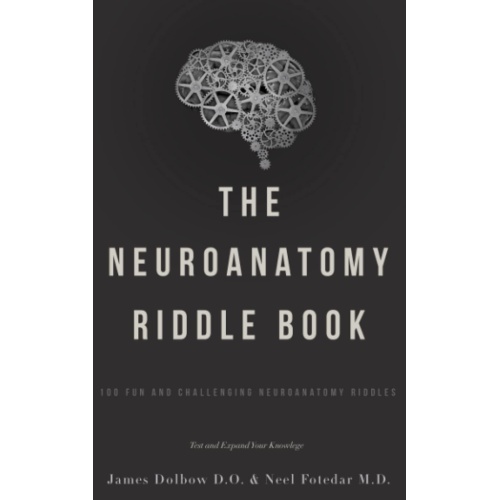Description
Book overview:
In “How Not to Study a Disease,” neurobiologist Karl Herrup offers a critical look at the history of Alzheimer’s research and presents a new approach to finding a cure. Despite important breakthroughs in the 1990s, progress has stalled. Herrup explores the reasons behind this stagnation, including challenges like stubbornness, greed, and misguided methods in the scientific community.
Key points:
- Historical perspective: Reviews decades of Alzheimer’s research and the slow progress despite early hope.
- Critical analysis: Highlights obstacles that have blocked a cure, such as flawed research practices and priorities.
- New direction: Proposes a fresh vision that treats the brain as interconnected neighborhoods and calls for transformative changes in research.
Reimagining research:
- Redefining disease: Encourages researchers to rethink how they study Alzheimer’s, aging, and dementia.
- Optimistic vision: Despite setbacks, Herrup offers hope with a clear roadmap for future progress.
- Comprehensive approach: Advocates for reforms in drug development, better support for basic science, and improved communication among scientists.
Conclusion:
“How Not to Study a Disease” challenges past mistakes and offers a forward-thinking plan for Alzheimer’s research. Karl Herrup’s insights inspire researchers, policymakers, and others to embrace change and move toward finding a cure for this devastating disease.






Reviews
There are no reviews yet.